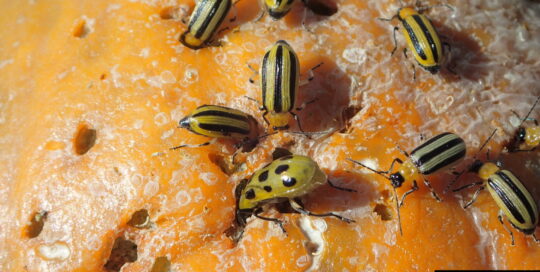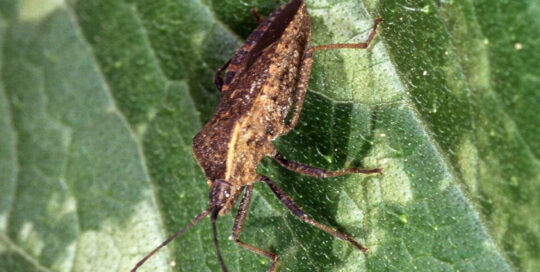Planning for successful seed starting
Views: 1591

Seed starting season is a far more accurate sign of spring than the groundhog making an appearance. Although, this annual activity is not without peril, at least for the tiny plants. Successfully starting seeds is a matter of timing, providing the right conditions for growth, and a little bit of luck.
When to plant
Timing is everything when it comes to the garden. It’s all too easy to get a jump on the season ending up with plants that are enormous by the time it’s safe to set them outside or ones that are leggy and weak. To determine when you need to plant, start by reading the back of the seed packet to learn how many weeks the company recommends you plant before setting outside.
For example, broccoli is typically a fast grower. It requires a mere 4 weeks to grow large enough to withstand the cold spring ground. If you seed them in February, chances are the plants will be so stressed by the time to plant that they will not produce much at all. So, if you intend to set them out at the end of April, seed them indoors closer to the middle or end of March. (I usually give my plants a couple of weeks buffer to allow for germination time.)
On the flip side, slower growing plants such as basil and peppers, do fine sown early. I don’t put mine outside until almost the end of May and often seed them indoors at the end of February. They require 10-12 weeks to grow and usually do not become leggy and stressed so they can hang on inside, or in the greenhouse, in containers if weather does not allow for an outdoor planting.
What you need
What you use as a container depends on what you want to spend and your planting style. Whether you buy new pots, reuse old ones, or put used yogurt or other containers into service make sure there are holes in the bottom for drainage. Most of the time, I seed into a small container, like a sour cream container, then transplant to something larger. Many people prefer individual pots, but my preferred container (especially if all of the plants are going into my garden) is the planting trays with holes in the bottom. This way I can scoop and plant quickly. If I’m growing plants for friends or other people, I plant them in individual pots. Most of the time, the little 4 inch pots are sufficient, but if you did start early, you might want to transplant in larger containers to provide adequate growing space to reduce stress.
Soil
Soil is the most important element in seed starting and it’s important to start with new planting medium to reduce the risk of disease or other pathogens. There are specific mixes for planting, although they aren’t necessary. Make sure you find soil that is light enough not to impede growth.
Light
Obviously light is a key element, although many people are surprised to learn that you don’t need it immediately. Most seeds don’t need light to germinate. As long as they are kept in a warm place, everything will be fine. But once the plants emerge, either put the containers underneath grow lights or set them in sunny windows. The latter method is more challenging. If you are diligent – and live in a fairly sunny region – it can be done.
If your plants are under grow lights, chances are they will be warm enough for healthy growth. But if you have a cool house, or you set them outside in the greenhouse like I often do, using a heat mat is very helpful in raising vigorous plants. It really makes a difference, particularly on heat-loving varieties.
By following these basic guidelines, most of the time you won’t have issues with starting your own seedlings in the spring. Diseases still might arise. But, with clean pots and new soil, along with a strong light source and warmth, you’re on track for healthy plants.
Meet Amy Grisak
Amy is a freelance author and photographer in Great Falls, MT who specializes in gardening, foods, and sustainable agriculture. She provides information on every kind…
Amy's Recent Posts

How to Handle the Cucumber Beetle








